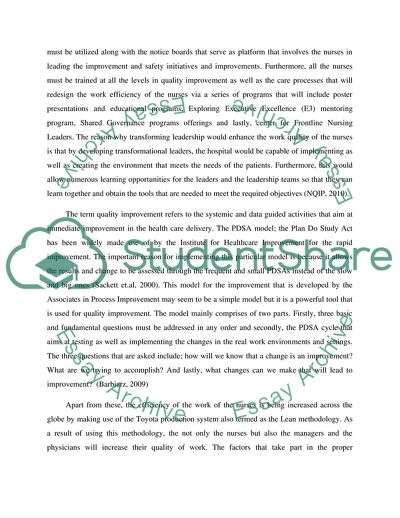Cite this document
(Effective Tools to Increase the Level of Service Quality Exhibited by Literature review, n.d.)
Effective Tools to Increase the Level of Service Quality Exhibited by Literature review. https://studentshare.org/health-sciences-medicine/1873695-you-are-the-hr-director-of-a-london-based-general-hospital-what-are-effective-tools-you-could-adopt-in-order-to-increase-the-level-of-service-quality-exhibited-by-your-nurses-you-need-to-justify-your-recommendations-on-theoretical-and-emp
Effective Tools to Increase the Level of Service Quality Exhibited by Literature review. https://studentshare.org/health-sciences-medicine/1873695-you-are-the-hr-director-of-a-london-based-general-hospital-what-are-effective-tools-you-could-adopt-in-order-to-increase-the-level-of-service-quality-exhibited-by-your-nurses-you-need-to-justify-your-recommendations-on-theoretical-and-emp
(Effective Tools to Increase the Level of Service Quality Exhibited by Literature Review)
Effective Tools to Increase the Level of Service Quality Exhibited by Literature Review. https://studentshare.org/health-sciences-medicine/1873695-you-are-the-hr-director-of-a-london-based-general-hospital-what-are-effective-tools-you-could-adopt-in-order-to-increase-the-level-of-service-quality-exhibited-by-your-nurses-you-need-to-justify-your-recommendations-on-theoretical-and-emp.
Effective Tools to Increase the Level of Service Quality Exhibited by Literature Review. https://studentshare.org/health-sciences-medicine/1873695-you-are-the-hr-director-of-a-london-based-general-hospital-what-are-effective-tools-you-could-adopt-in-order-to-increase-the-level-of-service-quality-exhibited-by-your-nurses-you-need-to-justify-your-recommendations-on-theoretical-and-emp.
“Effective Tools to Increase the Level of Service Quality Exhibited by Literature Review”. https://studentshare.org/health-sciences-medicine/1873695-you-are-the-hr-director-of-a-london-based-general-hospital-what-are-effective-tools-you-could-adopt-in-order-to-increase-the-level-of-service-quality-exhibited-by-your-nurses-you-need-to-justify-your-recommendations-on-theoretical-and-emp.


